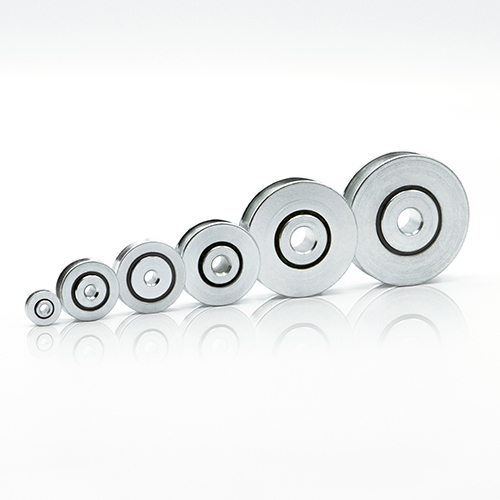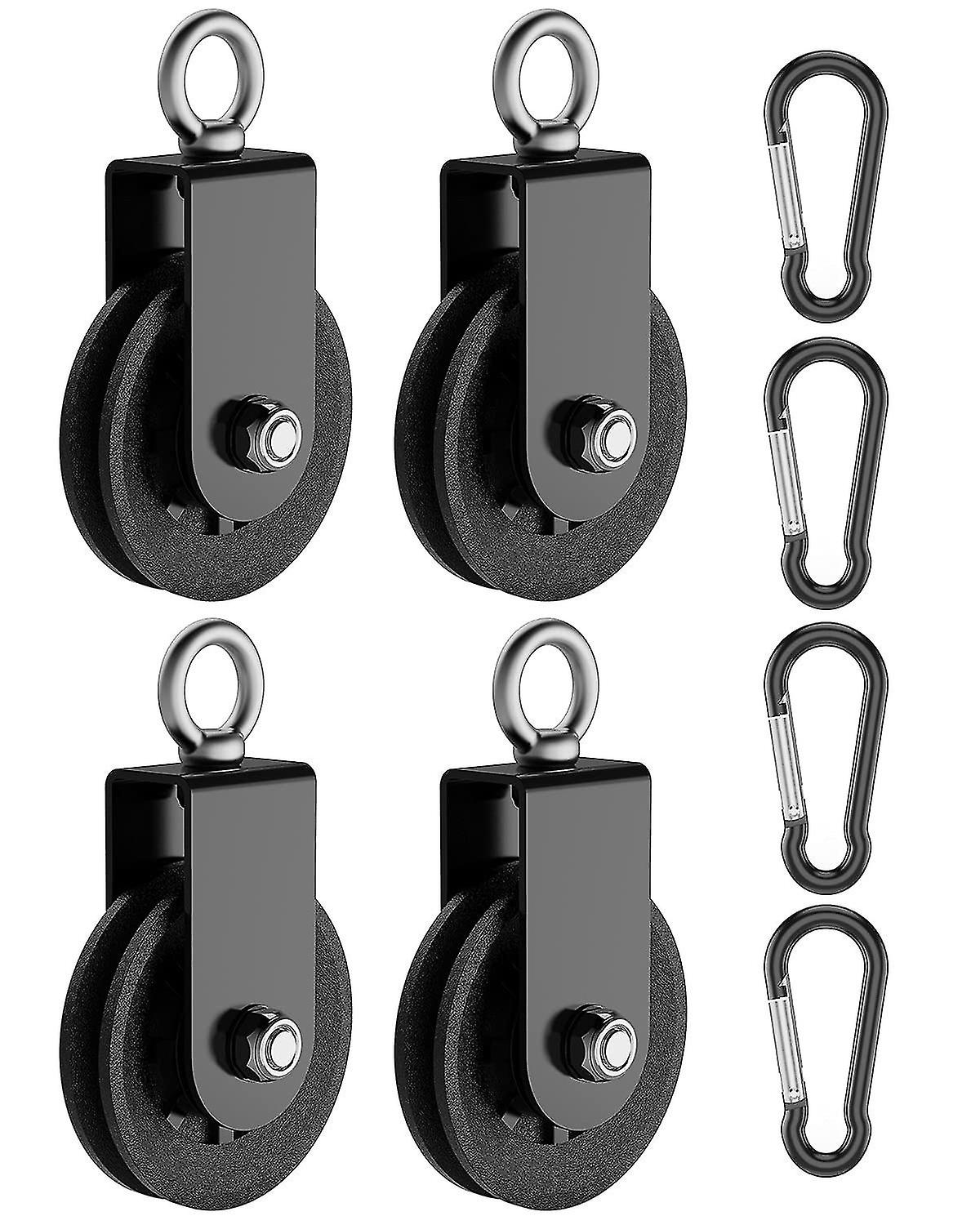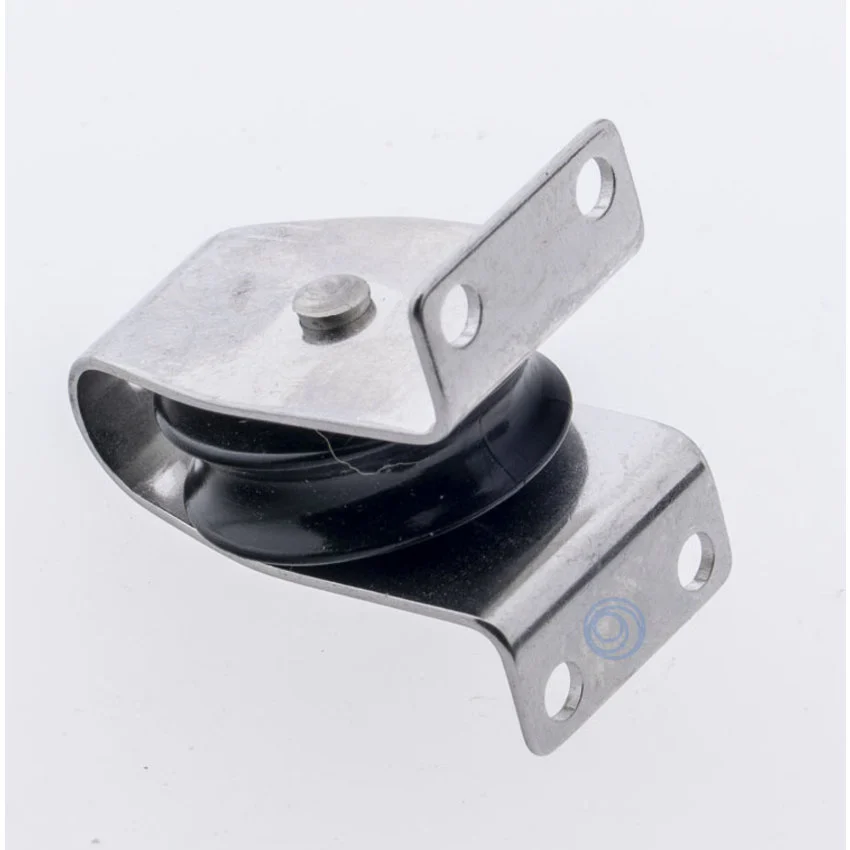Product Description
| Product name: | Charmilles EDM spare parts Ceramic roller, Wire evacuation ceramic pulley OD63*16*25Tmm |
| Size: | OD63*16*25Tmm |
| Machine Model: | AgieCharmilles CUT 20, AgieCharmilles CUT 20 P, AgieCharmilles CUT 30, AgieCharmilles CUT 30 P |
| OEM No.: | 332015168, 332014104 |
We are 1 of the leading EDM spare parts suppliers in China. In our spare parts factory, we have 6 lathe machines, 5 CNC machines, 5 milling machines, 5 fast speed EDM cutting machines and 10 grinding machines. We have been cooperating with over 100 big EDM spare parts distributors from Europe, Southeast Asia, Korea, Japan, USA, Mexico and South America for over 10 years. Quality and packing is top level in China.
| Production capacity: | More than 10000 pcs per Month. |
| Production date: | Can be adjusted according to your specific order details. |
| PACKING | polybag wrapped with foam+standard export carton. |
| DELIVERY TIME | around 1 to 7 days CHINAMFG your confirmed order and payment. |
/* January 22, 2571 19:08:37 */!function(){function s(e,r){var a,o={};try{e&&e.split(“,”).forEach(function(e,t){e&&(a=e.match(/(.*?):(.*)$/))&&1
| Condition: | New |
|---|---|
| Certification: | ISO9001 |
| Customized: | Customized |
| Material: | Caremic with Stainless Steel |
| Machine: | Charmilles |
| OEM No.: | 332015168, 332014104 |
| Samples: |
US$ 35/Piece
1 Piece(Min.Order) | |
|---|
| Customization: |
Available
| Customized Request |
|---|
How do wire pulleys contribute to energy efficiency and reduced friction in systems?
Wire pulleys play a significant role in promoting energy efficiency and reducing friction in various systems. They help optimize the operation of cable-based systems by minimizing energy loss and facilitating smoother movement. Here’s a detailed explanation of how wire pulleys contribute to energy efficiency and reduced friction:
1. Friction Reduction:
Wire pulleys are designed with smooth surfaces and low-friction materials. As the cables pass over the pulleys, the friction between the cables and the pulley surfaces is minimized. This reduction in friction significantly decreases the energy required to move the cables, resulting in improved energy efficiency.
2. Mechanical Advantage:
Wire pulleys can be configured to provide mechanical advantage in lifting or pulling applications. By increasing the number of sheaves or utilizing compound pulley systems, the load can be distributed across multiple cables and pulleys. This arrangement reduces the force needed to lift or move the load, thereby reducing energy consumption.
3. Proper Cable Alignment:
Wire pulleys help maintain proper cable alignment, which is crucial for minimizing friction. When cables are aligned correctly and smoothly pass over the pulleys, there is less resistance and wear on the cables. This results in reduced friction, lower energy loss, and improved overall system efficiency.
4. Balanced Tension:
Wire pulleys contribute to balanced tension in cable-based systems. Proper tension distribution ensures that the load is evenly distributed across the cables, minimizing excessive stress and strain. Balanced tension reduces the risk of cable slippage, snags, or jams, which can lead to increased friction and energy loss.
5. System Design Optimization:
Wire pulleys are integral components of system design optimization. Engineers and designers carefully select and position pulleys to achieve optimal cable routing, tension, and mechanical advantage. By considering factors such as cable paths, angles, and the number of pulleys, the system can be optimized to minimize friction and maximize energy efficiency.
6. Lubrication and Maintenance:
Regular lubrication and maintenance of wire pulleys contribute to reduced friction and improved energy efficiency. Lubricants can be applied to the pulley surfaces to further reduce friction and wear. Additionally, proper maintenance ensures that pulleys remain in good working condition, with no misalignment or damage that could lead to increased friction.
7. Material Selection:
The choice of materials for wire pulleys can impact energy efficiency and friction reduction. High-quality pulleys made from low-friction materials, such as nylon or high-density polyethylene, can reduce friction and energy loss. Additionally, materials with excellent durability and resistance to wear ensure long-lasting performance and sustained energy efficiency.
By incorporating well-designed wire pulleys into systems, energy efficiency can be improved, and friction can be minimized. It is important to consider factors such as pulley design, material selection, and maintenance practices to optimize the energy efficiency and friction reduction benefits provided by wire pulleys.
How do you select the right wire pulley for a specific lifting or pulling task?
Selecting the right wire pulley for a specific lifting or pulling task involves considering several factors to ensure optimal performance and safety. Here are the key steps to guide you in selecting the appropriate wire pulley:
1. Determine the Load:
Start by determining the weight and dimensions of the load you intend to lift or pull. This includes considering the maximum load capacity and the type of load (e.g., solid object, liquid, or bulk material). Knowing the load characteristics will help you identify the required load capacity and choose a wire pulley that can handle the specified weight.
2. Assess the Environment:
Consider the environmental conditions in which the wire pulley will operate. Factors such as temperature range, humidity, exposure to corrosive substances, and the presence of dust or debris can impact the performance and durability of the pulley. Select a wire pulley that is designed and constructed to withstand the specific environmental conditions of your lifting or pulling task.
3. Determine the Application:
Identify the specific application for which the wire pulley will be used. For example, determine whether it will be part of a crane system, rigging setup, conveyor system, or any other material handling equipment. Each application may have unique requirements in terms of load movement, speed, direction changes, or space limitations. Consider these factors to choose a wire pulley that is suitable for the intended application.
4. Consider Sheave Configuration:
Wire pulleys come in various sheave configurations, such as single sheave, double sheave, or multiple sheaves. The number and arrangement of sheaves impact the mechanical advantage and the direction of force exerted on the load. Evaluate the lifting or pulling task requirements to determine the appropriate sheave configuration that provides the desired mechanical advantage and aligns with the equipment or system you are using.
5. Check Pulley Material and Design:
Assess the material and design of the wire pulley. Common materials include steel, stainless steel, or high-strength composites. Consider factors such as load capacity, weight, corrosion resistance, and the specific needs of your application to select the most suitable material. Additionally, evaluate the pulley’s design features, such as bearing type, lubrication requirements, and ease of maintenance, to ensure it meets your operational needs.
6. Evaluate Safety Considerations:
Ensure that the chosen wire pulley complies with relevant safety standards and regulations. Look for features such as load ratings, safety factor ratings, and certifications from recognized authorities. Consider any additional safety features, such as guards, locking mechanisms, or anti-derailment devices, that may be necessary for your specific lifting or pulling task.
7. Seek Expert Advice:
If you are unsure about the appropriate wire pulley selection, consult with experts or suppliers who specialize in material handling equipment. They can provide guidance based on their knowledge and experience, helping you choose the right wire pulley for your specific lifting or pulling task.
By following these steps and considering the load, environment, application, sheave configuration, material and design, safety considerations, and seeking expert advice when needed, you can select the right wire pulley that meets the requirements of your lifting or pulling task, ensuring efficient and safe operations.
Are there different sizes and configurations of wire pulleys available for different tasks?
Yes, there are various sizes and configurations of wire pulleys available to suit different tasks and applications. The selection of the appropriate wire pulley depends on factors such as the intended use, load capacity, space constraints, and environmental conditions. Here are some examples of the different sizes and configurations of wire pulleys:
1. Diameter:
Wire pulleys come in different diameters to accommodate different rope or cable sizes. Smaller diameter pulleys are typically used with thinner ropes or cables, while larger diameter pulleys are suitable for thicker ropes or cables. The diameter of the pulley affects the bending radius of the rope and can impact the efficiency and lifespan of the pulley system.
2. Number of Sheaves:
Wire pulleys can have a single sheave or multiple sheaves. Single sheave pulleys are commonly used for simple lifting or guiding tasks. Multiple sheave pulleys, also known as block and tackle systems, consist of two or more sheaves mounted on a common frame. They provide increased mechanical advantage by distributing the load among the multiple sheaves.
3. Fixed or Swivel:
Wire pulleys can be either fixed or swivel. Fixed pulleys have a stationary axle and only change the direction of the force applied. Swivel pulleys, on the other hand, have a rotating axle, allowing for both the change of direction and the rotation of the load. Swivel pulleys are commonly used in applications where the load needs to be maneuvered or guided in different directions.
4. Bearing Type:
Wire pulleys can have different types of bearings to reduce friction and improve efficiency. Common bearing types used in wire pulleys include ball bearings and roller bearings. Ball bearings offer low friction and smooth rotation, while roller bearings are suitable for handling heavier loads. The choice of bearing type depends on the load capacity and desired performance of the pulley system.
5. Material:
Wire pulleys are available in various materials to suit different environments and applications. Common materials used for wire pulleys include steel, stainless steel, aluminum, and nylon. Steel and stainless steel pulleys are known for their strength and durability, making them suitable for heavy-duty applications. Aluminum pulleys are lightweight and corrosion-resistant, often used in applications where weight reduction is important. Nylon pulleys offer low friction and quiet operation, making them suitable for applications that require smooth and noiseless movement.
6. Specialty Configurations:
There are also specialty configurations of wire pulleys designed for specific tasks or industries. For example, snatch blocks feature a hinged design that allows them to be opened and closed around a rope or cable, making them suitable for rigging applications. High-speed pulleys are designed to handle fast rope or cable movement, commonly used in applications such as zip lines or stage rigging.
These are just a few examples of the different sizes and configurations of wire pulleys available. It’s important to choose the right size and configuration of wire pulley that matches the specific requirements of the task or application to ensure optimal performance, efficiency, and safety.
editor by CX
2024-04-22




